Bad service complaint letter template
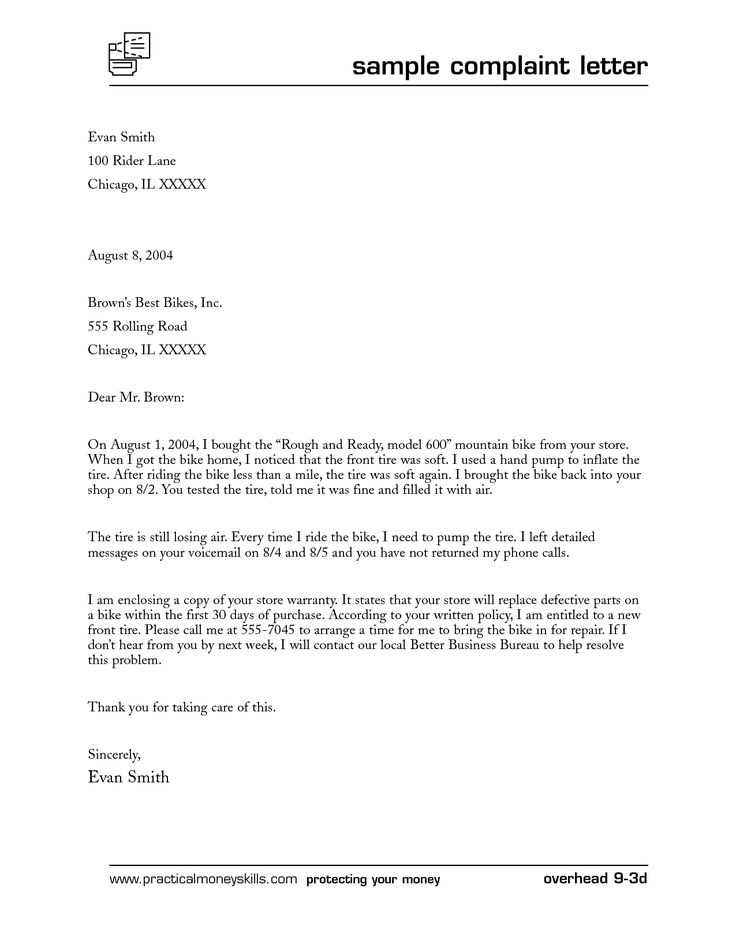
If you’ve had a poor experience with a service, expressing your concerns clearly and professionally can help resolve the issue. Use a formal tone, but stay courteous and direct in your communication. Be concise while providing enough detail for the recipient to understand your dissatisfaction and act on it.
Start with the basic information. Clearly mention the service you received, including the date and location. Provide specifics on what went wrong, whether it was the quality of the service, delays, unprofessionalism, or any other issues. This helps the recipient understand the problem fully and take appropriate action.
Focus on your expectations. After explaining the issue, state what you are seeking as a resolution. This could be a refund, a discount, or a service redo. Clearly outline what would make the situation right for you. This shows you’re seeking a reasonable resolution rather than just venting frustration.
Remember to maintain professionalism throughout. Stick to facts, avoid personal attacks, and make sure your tone is constructive. A polite approach can go a long way in ensuring a positive outcome.
Bad Service Complaint Letter Template
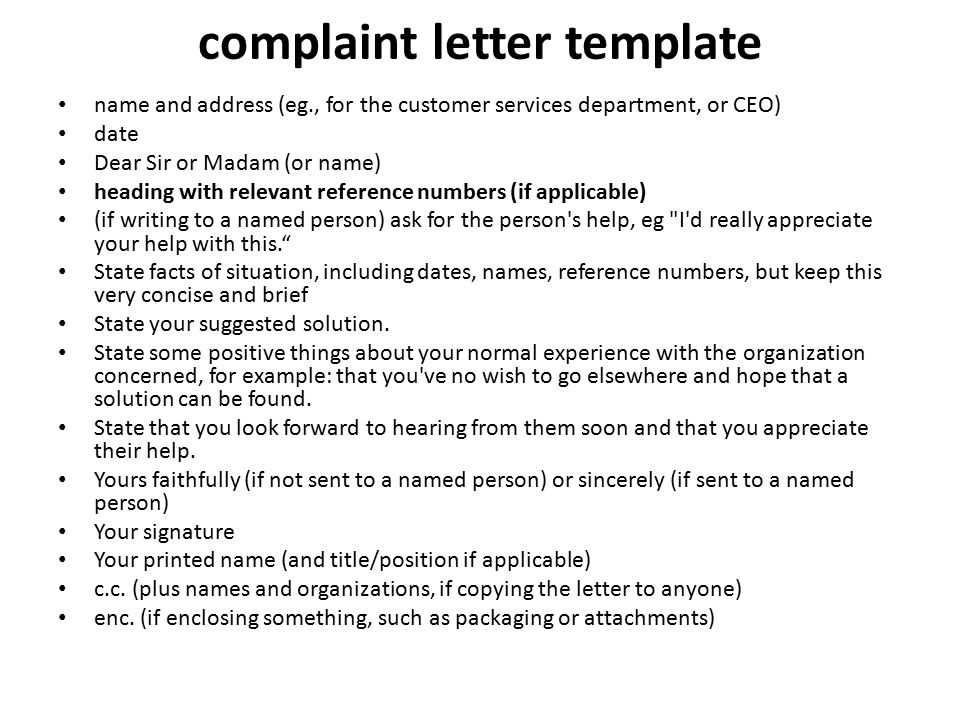
When writing a complaint letter about bad service, clarity and specificity are key. Start by detailing your experience in a structured manner. Mention the service you received, the date of the incident, and any employees involved. Clearly state the problem and explain how it affected your experience.
Key Elements to Include
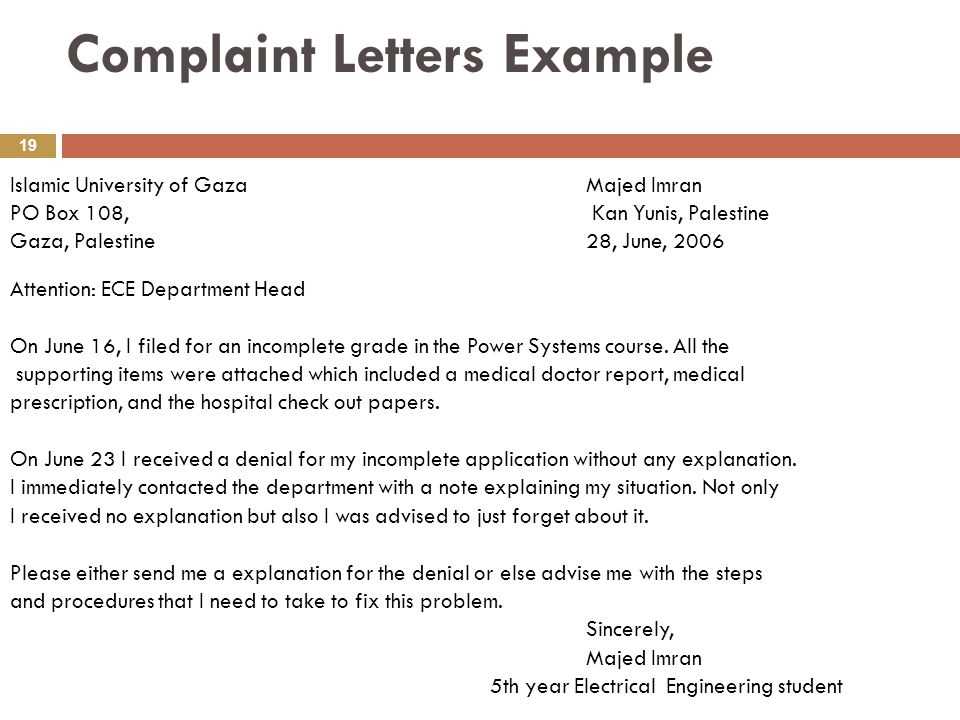
- Your contact details – Include your name, address, and email, so the company can respond easily.
- Details of the service – Describe what happened, including the date and location.
- Clear explanation of the issue – Identify the specific problem with the service, whether it’s related to quality, timeliness, or customer service.
- Impact – Explain how the bad service affected you or caused inconvenience.
- Desired resolution – Let the company know how you’d like the situation to be addressed, such as a refund, replacement, or an apology.
- Polite tone – Maintain a respectful tone throughout the letter, even if you’re frustrated. This encourages a more constructive response.
Example Letter Structure
Dear [Company Name],
I am writing to express my dissatisfaction with the service I received on [date] at [location]. I had a [describe service], and the experience was not as expected due to [explain the issue]. Specifically, [describe what went wrong]. This caused [explain the impact, such as delays, inconvenience, or frustration].
I am requesting [desired resolution]. Please let me know how this matter can be resolved. I look forward to your prompt response.
Thank you for your attention to this issue.
Sincerely,
[Your Name]
How to Start Your Complaint Letter: Addressing the Right Person
Begin your letter by identifying the appropriate person to address it to. Direct your complaint to someone who has the authority to resolve the issue. This could be a manager, department head, or customer service representative. If you’re unsure, research the company’s contact details online or ask for guidance. Using a specific name adds a personal touch and shows that you’ve taken the time to reach out to the correct individual.
Using Titles and Proper Salutations
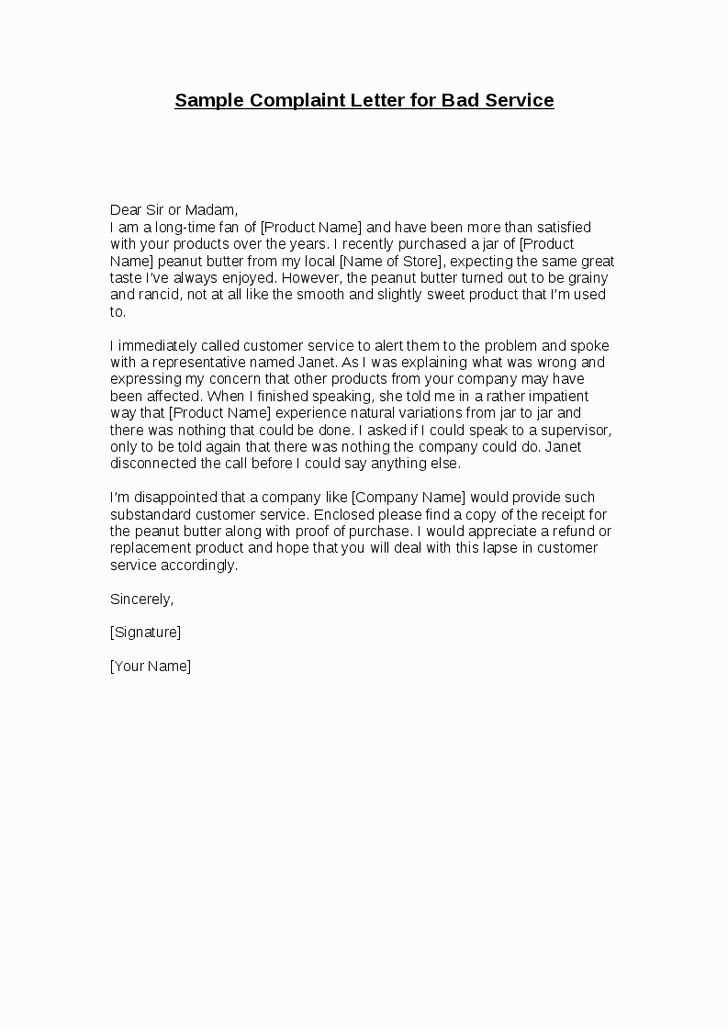
When addressing the person, use their title if you know it, such as “Mr.” or “Ms.” followed by their last name. If you are unsure of their gender or prefer a neutral option, use their full name or a general greeting like “Dear Customer Service Team” or “Dear [Company Name] Support.” This helps maintain professionalism while avoiding potential missteps.
Why It Matters
Addressing the right person ensures your complaint reaches someone who can take action, preventing delays in resolution. It also sets a tone of respect and seriousness, showing that you value the recipient’s role in solving your issue.
Structuring the Main Body: Detailing the Poor Service Experience
Begin by being clear and direct about the specific issue. Describe what went wrong and who was involved. Highlight the key moments that made the experience negative. Include dates, times, locations, and names of staff if possible, as these details help paint a clear picture for the reader.
Provide a timeline of events, listing each step that led to the poor experience. This will help the reader understand how the situation escalated. Organize your account in a way that is easy to follow, without unnecessary details that might cloud the issue.
Focus on the most significant parts of the service that were problematic. If there were multiple issues, categorize them under different headings. For instance, if the staff was unhelpful, explain what was said or done that left you dissatisfied. If the service was delayed, mention the length of time and any communication–or lack thereof–about the delay.
| Problem | Details |
|---|---|
| Unhelpful Staff | Staff did not offer assistance when asked for directions, and provided incorrect information. |
| Service Delay | Waited over 30 minutes for an appointment that was scheduled for 10 AM without any prior notice of delay. |
| Poor Communication | No follow-up communication from the service provider, despite promises to update on the status. |
Be precise about the impact of the service on you. Was it a loss of time, money, or an inconvenience that could have been avoided? This helps the reader understand the severity of the issue. Providing examples or explaining how you felt during the experience can add emotional weight, making the complaint more compelling.
Conclude by suggesting how the situation could have been handled better. Providing constructive feedback not only helps the company improve, but also strengthens your case for resolution.
Incorporating Specific Dates and Times: Strengthening Your Case
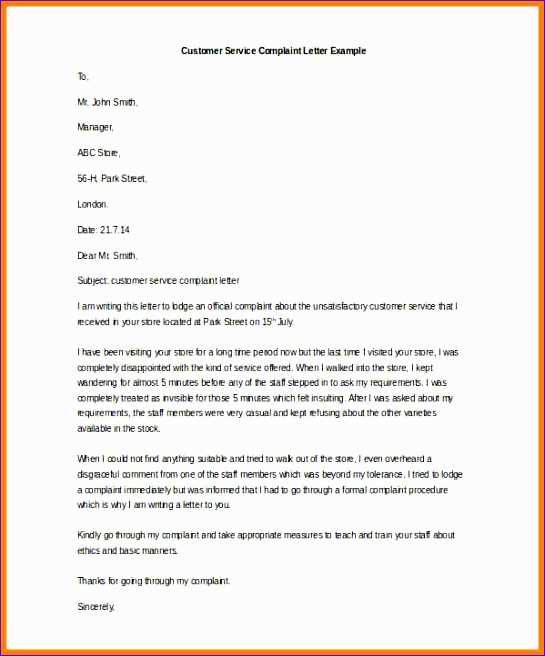
Be precise with the dates and times of the incidents you’re addressing. This detail adds credibility to your complaint and helps the recipient quickly understand the context. Mention the exact date and time of your poor service experience, whether it was a delayed delivery, unresponsive customer support, or another issue. When possible, refer to specific events or interactions, such as “the delivery was scheduled for 10 AM on March 3rd, but arrived at 6 PM without prior notice.” This level of detail makes your complaint harder to dismiss.
Why Exact Dates Matter
Using specific dates and times helps the recipient verify your claim. It shows you are organized and serious about the issue. It also enables the company to cross-reference their records or check any logs for those times, which can expedite the investigation into your complaint.
Highlighting Delays or Issues
If the issue involves delays, always mention the expected timeframe and the actual time. For example, “The technician was scheduled to arrive between 2 PM and 4 PM on January 10th, but showed up at 8 PM, causing significant disruption.” This illustrates how delays directly impacted you, strengthening your case further.
Polite but Firm Language: Maintaining a Professional Tone
Focus on clarity and precision while keeping your tone respectful. Instead of using harsh or accusatory language, express your concerns directly and constructively. For example, instead of saying “I am extremely disappointed,” say “I am concerned with the quality of service provided.” This keeps the conversation professional and focused on the issue at hand.
When making a request or asking for a resolution, be clear about what you expect, but avoid sounding demanding. Use phrases like “I would appreciate it if” or “I kindly request” to communicate your needs without sounding aggressive. For instance, “I would appreciate it if the issue could be addressed promptly” conveys firmness without hostility.
Maintain a balanced tone by acknowledging any positive aspects of the service while still addressing the problem. For example, “I value the quick response I received, but the solution provided did not fully resolve the issue” can help keep the conversation constructive.
Be specific about the issue without exaggerating. Instead of saying “Your service is terrible,” state the exact problem, like “The delay in delivery caused significant inconvenience.” This approach provides a clear basis for resolving the complaint without resorting to generalizations.
Requesting a Solution: Stating Your Expectations Clearly
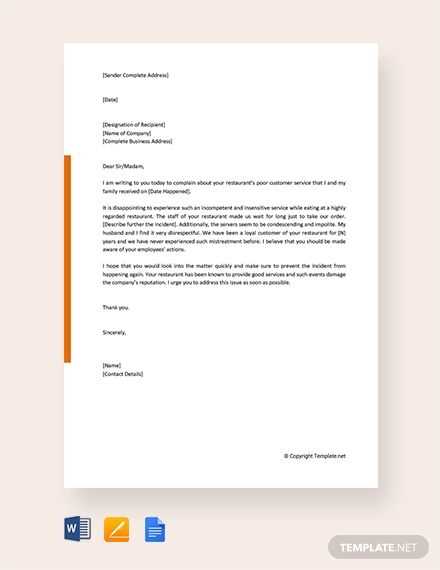
Be specific about what you expect as a resolution. If you want a refund, replacement, or another type of compensation, state it directly. For example, “I would like a full refund for the product purchased.” If a service needs to be redone, specify what needs to be fixed and how. You can say, “I expect the repair to be completed within 48 hours, as it was promised initially.” This shows you know what you want and gives the company a clear target to address.
Set realistic expectations based on your experience and the nature of the issue. Avoid being overly demanding or vague. If a quick fix isn’t possible, let them know what alternative actions would be acceptable. For instance, “If a refund is not possible, I would be open to a replacement of equal or greater value.” This approach keeps the conversation practical and grounded in achievable outcomes.
Make sure to mention any deadlines that apply. If you’re working with a time-sensitive issue, include specific dates. For example, “I need a resolution by Friday, February 2nd, in order to proceed with my plans.” This helps the company understand the urgency and manage the resolution process more effectively.
Finally, be polite but firm. State your expectations clearly, but maintain a tone that is respectful. A balanced approach ensures you are taken seriously while also creating an opportunity for cooperation.
Ending Your Complaint: Including Contact Information for Follow-Up
Always conclude your complaint by providing clear and concise contact details. This allows the recipient to respond quickly if necessary. Include your phone number, email address, or any other preferred method of communication.
Phone: State your phone number with the country code, ensuring it’s easy for the company to reach you. If you prefer text communication, mention that as well.
Email: Provide an email address that you check regularly. Mention any specific times when you are available to respond if needed.
Preferred Method: If you have a preferred method of contact, specify it. Whether by phone, email, or even social media, make your preferences clear.
By giving these details, you ensure that the company can follow up efficiently and address your concerns directly.